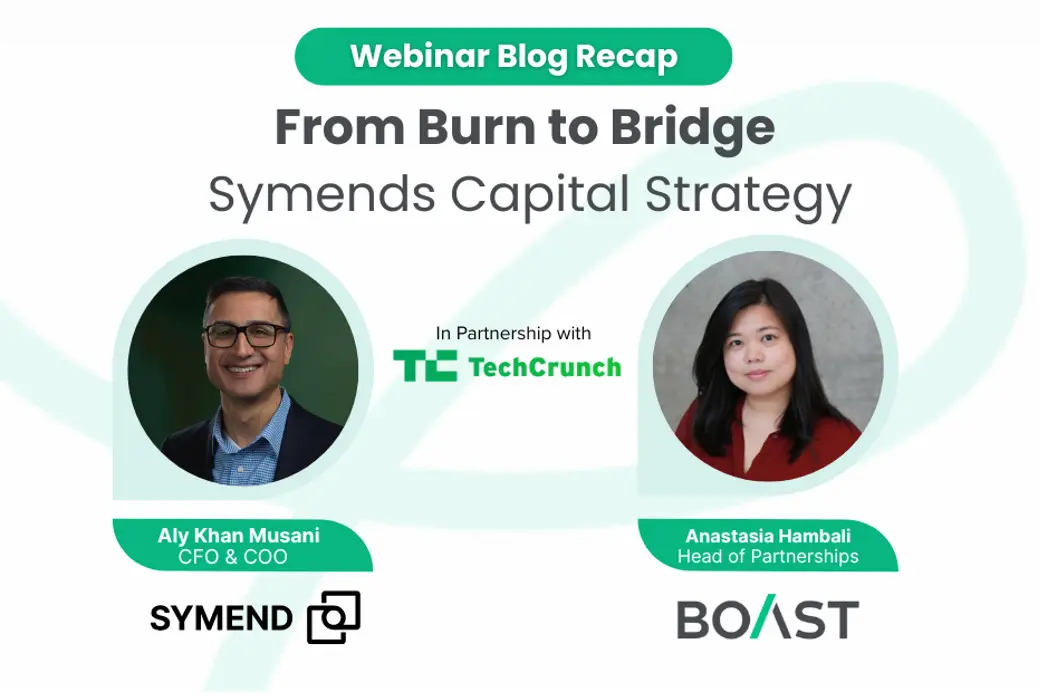Whether you’re a software startup or a manufacturing company, R&D projects are essential to develop products your target audience needs and becoming a key player in the market.
The R&D phases of these projects can vary considerably from company to company and industry to industry, but there are a few phases applicable to all R&D projects – strategy and planning, research, development, testing, and launch.
- Strategy and Planning
Before you start an R&D project, the company needs to align on an R&D strategy. Without strategic planning, your R&D projects won’t be aligned with the corporate strategy or will fail to explore solutions that boost your company’s growth.
During this R&D phase, a company should establish a link between the corporate and the R&D strategy. If one of the goals of your corporate strategy is to grow market share, then the R&D projects should also contribute to this objective to avoid wasting valuable time and resources.
You also need to consider how your R&D projects will help you fulfill your customers’ needs. Tap into the commercial team’s knowledge of customers’ pain points to help you brainstorm ideas. While brainstorming, be cognizant of how many ideas are related to incremental projects compared to innovation-driven projects. Although the former are less risky than the latter, projects that prioritize innovation are important for long-term growth and staying ahead of the competition.
The R&D plan should factor in any external partnerships, such as with academic institutions or other companies whose work complements your own. In the planning phase, you should also identify what kind of equipment and supplies you’ll need for the next stage – research.
- Research
Once there is a strategy in place, you can embark on the research phase. Research is critical for gathering the necessary data for subsequent project phases, determining an opportunity in the market, and gauging how to capitalize on this opportunity.
The research phase is extensive. Your R&D team may perform different types of research to identify a market need and come up with a solution, including:
- Basic research
When performing basic research, R&D teams don’t have a specific use case in mind. The goal of basic (or fundamental) research is to improve your understanding of a specific problem rather than produce a solution. For example, a company might investigate the effects of vaping on skin aging.
- Applied research
The aim of applied research is to discover knowledge that will be used to develop a solution. A company could engage in applied research to study how novel skincare ingredients could counteract the effects of vaping-induced skin aging. Based on the results, it could then develop and test a new skincare product.
- Development
Development is the phase of R&D where the team applies the theoretical knowledge discovered during research to design the product or solution. During the development phase, you can expect to discover more information about the product you’re designing.
If you’re developing a sponge that is more durable and absorbent than any other sponge in the market, the research phase would focus on identifying the materials that improve absorbency and durability. In the development phase, you would discover how those materials interact together, get new results on their performance, develop different prototypes to test their individual capabilities, etc.
Armed with new knowledge about your product, you can proceed to the next R&D phase – testing.
- Testing
In the testing phase, your new product will undergo a variety of assessments, such as:
- Laboratory testing: Ensures your product adheres to all quality standards
- Usability testing: Checks the product for any issues or opportunities to improve the product
- Performance testing: Determines whether your product performs as expected in different scenarios
- Security testing: Ensures the product doesn’t have any security vulnerabilities that cybercriminals could exploit
- Accessibility testing: Identifies any issues that users with disabilities could encounter while using your product
The length of the testing phase depends on the complexity of your product and its impact on the customer. In the pharmaceutical industry, new medicines undergo years of clinical trials before they can receive full approval and be administered to patients. Software testing, however, might take anywhere from three to six weeks.
- Launch
The launch phase signifies the end of the R&D project. But the R&D team may continue to refine the product according to market developments or customer needs. A pharmaceutical company, for instance, could run additional clinical trials on the same drug to discover new diseases it can treat.
To ensure a successful product launch, it’s necessary to give the sales, marketing, and customer success teams enough preparation time, especially if it’s a complex product that requires training. Be careful not to delay the launch by trying to build additional functionalities at the last minute – you can build these properly at a later time.
The Last R&D Phase: Claiming Tax Credits
Tax credits are a valuable source of financing that you can invest in developing new products or adding additional features.
If you are a business based in the US or Canada, the last phase of your R&D project should be filing for a tax credit claim. The Canadian government’s SR&ED tax program allows you to claim up to 15% of eligible expenditures. In the US, small businesses can claim 6% of R&D expenses, while large businesses have a higher rate of 14%.
If you plan on filing for tax credits, doing so the old-fashioned way and manually compiling all the documentation takes up valuable time and resources.
Boast’s AI platform streamlines the tax claim process by automatically gathering and categorizing the data needed to file a claim. Startups and other companies that use Boast save an average of 60 hours a year on the tax claim process. Our platform securely connects to data systems for payroll, accounting, and project management, so you can save time on data documentation and maximize your tax claim.
Learn more about Boast’s intelligent software for R&D tax claim automation.


